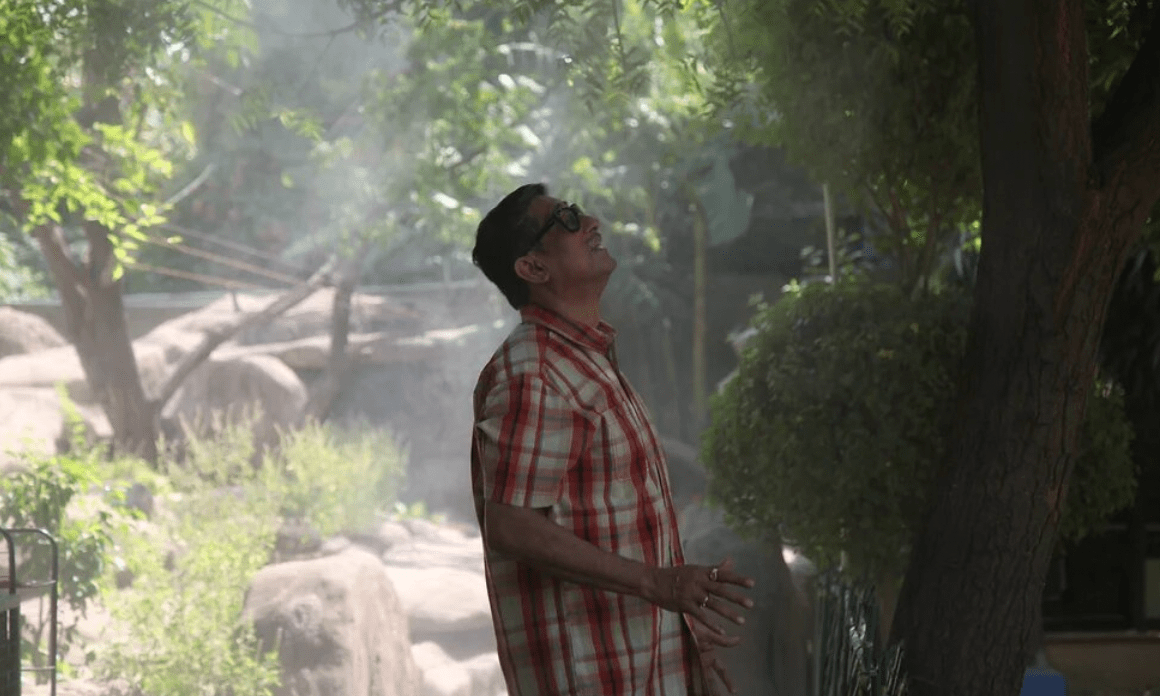Lifestyle
Importance Of Spirituality and Spiritual Leaders in the 21st Century

The broad definition of spirituality is having faith in something greater than oneself. It aims to answer queries regarding the purpose of life, human connection to other people, universal truths, and other mysteries of the human condition. The worldview offered by spirituality argues that there is more to life than merely what humans can physically and sensory experience. It indicates that a more significant force links all living things to the universe.
Many people have found solace and stress reduction through their spirituality. It could involve religious customs that revolve around the concept of a superior being. It can also take a comprehensive approach to how a person interacts with others and the wider world. Research has revealed that while there are many ways for people to find God or a higher power, those who are more religious or spiritual and use their spirituality to deal with difficulties in life reap many benefits for their health and well-being.
For our purposes, “spirituality” refers to the characteristics of the human spirit and the immaterial reality at the center of personality, the animating life principle or life breath that prompts us to search for the most profound aspect of the human experience. It is the driving force behind the pursuit of self-transcendence and the resulting sense of kinship with all things in the cosmos.
The spirituality that underpins the world’s spiritual and religious traditions is predicated on this fundamental premise. This viewpoint views religion as a system of structured behaviors, thoughts, and prayers based on a theological foundation. Religious beliefs and practices are typically practiced in institutions that were founded and have developed in response to one or more spiritual experiences of the founders. These institutions also provide the context for leadership based on the fundamental principles of the religion in question.
But being spiritual is more than having a close relationship with a heavenly force. Furthermore, it is essential to the definition of workplace spirituality that is most frequently used, which is “A framework of organizational values evidenced in the culture that promotes employees’ experience of transcendence through the work process, facilitating their sense of being connected in a way that provides feelings of compassion and joy.”
Other than solely workplace spiritual leadership, when talking about any leader, we must acknowledge that anyone who claims to be a leader cannot be a complete leader if they don’t understand the actual value of spirituality in the people around them. Hence we have chosen a person for our readers that is not just aware of the importance of both different terms but is adamant about spreading awareness about it through his skills and talents.
He is a noted scholar, spiritual thinker, author, and humanitarian – Dr. Chandra Bhanu Satpathy; many people benefit from his literature, music, and contribution to society in many ways. Literature is helping thousands of people; Philanthropic support is assisting millions of lives, and more than 250 spiritual and philanthropic centers are created under the guidance and inspiration. Through many ways, Dr. Satpathy has proved to be one of the most prominent and influential philanthropists who has helped many people in their different life stages.
“Sadgurus or Qutab’s or perfect Masters or Masters who are in the liberated while living (‘jivan Mukta’) stage can only lead a man to God. All other Gurus, called by whatever names, can’t lead a soul to God or the over the soul. However, they can show the path towards God within their spiritual competence.” From Satpathy’s book “Baba May I Answer (2009).”
Satpathy, in his preaching, says seekers of the new generation were not accepting anything without verifying, which is a good thing, same way seekers must verify a Spiritual Master before taking.
Lifestyle
Wanda Knight on Blending Culture, Style, and Leadership Through Travel

The best lessons in leadership do not always come from a classroom or a boardroom. Sometimes they come from a crowded market in a foreign city, a train ride through unfamiliar landscapes, or a quiet conversation with someone whose life looks very different from your own.
Wanda Knight has built her career in enterprise sales and leadership for more than three decades, working with some of the world’s largest companies and guiding teams through constant change. But ask her what shaped her most, and she will point not just to her professional milestones but to the way travel has expanded her perspective. With 38 countries visited and more on the horizon, her worldview has been formed as much by her passport as by her resume.
Travel entered her life early. Her parents valued exploration, and before she began college, she had already lived in Italy. That experience, stepping into a different culture at such a young age, left a lasting impression. It showed her that the world was much bigger than the environment she grew up in and that adaptability was not just useful, it was necessary. Those early lessons of curiosity and openness would later shape the way she led in business.
Sales, at its core, is about connection. Numbers matter, but relationships determine long-term success. Wanda’s time abroad taught her how to connect across differences. Navigating unfamiliar places and adjusting to environments that operated on different expectations gave her the patience and awareness to understand people first, and business second. That approach carried over into leadership, where she built a reputation for giving her teams the space to take ownership while standing firmly behind them when it mattered most.
The link between travel and leadership becomes even clearer in moments of challenge. Unfamiliar settings require flexibility, quick decision-making, and the ability to stay calm under pressure. The same skills are critical in enterprise sales, where strategies shift quickly and no deal is ever guaranteed. Knight learned that success comes from being willing to step into the unknown, whether that means exploring a new country or taking on a leadership role she had not originally planned to pursue.
Her travels have also influenced her eye for style and her creative pursuits. Fashion, for Wanda, is more than clothing; it is a reflection of culture, history, and identity. Experiencing how different communities express themselves, from the craftsmanship of Italian textiles to the energy of street style in cities around the world, has deepened her appreciation for aesthetics as a form of storytelling. Rather than keeping her professional and personal worlds separate, she has learned to blend them, carrying the discipline and strategy of her sales career into her creative interests and vice versa.
None of this has been about starting over. It has been about adding layers, expanding her perspective without erasing the experiences that came before. Wanda’s story is not one of leaving a career behind but of integrating all the parts of who she is: a leader shaped by high-stakes business, a traveler shaped by global culture, and a creative voice learning to merge both worlds.
What stands out most is how she continues to approach both leadership and life with the same curiosity that first took her beyond her comfort zone. Each new country is an opportunity to learn, just as each new role has been a chance to grow. For those looking at her path, the lesson is clear: leadership is not about staying in one lane; it is about collecting experiences that teach you how to see, how to adapt, and how to connect.
As she looks to the future, Wanda Knight’s compass still points outward. She will keep adding stamps to her passport, finding inspiration in new cultures, and carrying those insights back into the rooms where strategy is shaped and decisions are made. Her legacy will not be measured only by deals closed or positions held but by the perspective she brought, and the way she showed that leading with a global view can change the story for everyone around you.
-

 Tech5 years ago
Tech5 years agoEffuel Reviews (2021) – Effuel ECO OBD2 Saves Fuel, and Reduce Gas Cost? Effuel Customer Reviews
-

 Tech6 years ago
Tech6 years agoBosch Power Tools India Launches ‘Cordless Matlab Bosch’ Campaign to Demonstrate the Power of Cordless
-

 Lifestyle6 years ago
Lifestyle6 years agoCatholic Cases App brings Church’s Moral Teachings to Androids and iPhones
-

 Lifestyle5 years ago
Lifestyle5 years agoEast Side Hype x Billionaire Boys Club. Hottest New Streetwear Releases in Utah.
-

 Tech7 years ago
Tech7 years agoCloud Buyers & Investors to Profit in the Future
-

 Lifestyle5 years ago
Lifestyle5 years agoThe Midas of Cosmetic Dermatology: Dr. Simon Ourian
-

 Health7 years ago
Health7 years agoCBDistillery Review: Is it a scam?
-

 Entertainment6 years ago
Entertainment6 years agoAvengers Endgame now Available on 123Movies for Download & Streaming for Free
